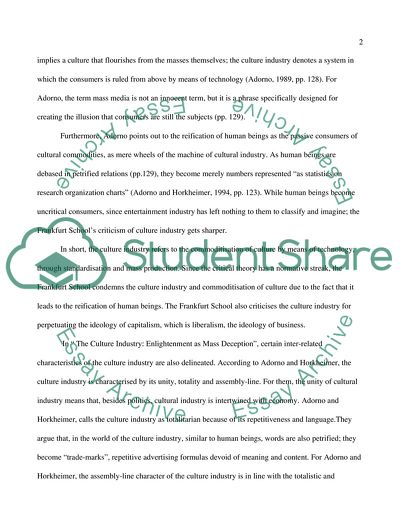Cite this document
(The Cultural Industry in Relation to the International Events Industry Essay, n.d.)
The Cultural Industry in Relation to the International Events Industry Essay. https://studentshare.org/culture/1744589-a-critical-analysis-of-cultural-industry-and-its-relationship-to-the-international-events-industry
The Cultural Industry in Relation to the International Events Industry Essay. https://studentshare.org/culture/1744589-a-critical-analysis-of-cultural-industry-and-its-relationship-to-the-international-events-industry
(The Cultural Industry in Relation to the International Events Industry Essay)
The Cultural Industry in Relation to the International Events Industry Essay. https://studentshare.org/culture/1744589-a-critical-analysis-of-cultural-industry-and-its-relationship-to-the-international-events-industry.
The Cultural Industry in Relation to the International Events Industry Essay. https://studentshare.org/culture/1744589-a-critical-analysis-of-cultural-industry-and-its-relationship-to-the-international-events-industry.
“The Cultural Industry in Relation to the International Events Industry Essay”. https://studentshare.org/culture/1744589-a-critical-analysis-of-cultural-industry-and-its-relationship-to-the-international-events-industry.


